Changing Dalits: Exploration Across Time
Synopsis
Covering three decades of social landscape, this work examines various changes that have taken place among the dalits in the post-colonial India. However, transformation among dalits has not been uniform across regions and castes. Certain castes among dalits have been more mobile, whereas others lagged behind. The mobile castes have not emerged arbitrarily in any region; rather they appeared on the historical scene as a result of favourable objective and subjective conditions. Punjab was the first state to experience revolution in agriculture, which virtually transformed the agrarian scenario. With the declining poverty levels and emigration to foreign countries, the dalits of Punjab experienced economic transformation leading to the emergence of classes within castes. However, the economic improvement did not translate into social uplift against which the upper caste resistance remained quite strong. Despite the fact that the influence of Sikhism diluted caste untouchability and exclusion in matters related with worshipping in gurdwaras, social inclusion of dalits remained an unfulfilled dream. The dalits changed their strategy from struggle for caste equality to the assertion of their dalit identity – a process which has become more pronounced among the Ad-dharmis. The Ad-dharmis are no more interested in a casteless society. They have oriented their struggle for social equality through the assertion of caste identity. However, for most of the other dalit castes, discrimination and exclusion continue to be part of their everyday life in asymmetrical economic relations. Recent occurrences seem to suggest that conflicts between upper castes and the dalits are taking place over the religious issues. The present work traces the changing contours of the dalit struggle for their rightful place in the Punjabi society.
Read more
45.00
40.5
$
50.00 $
Free delivery Wolrdwidе in 10-18 days
Ships in 2-4 days from New Delhi
Membership for 1 Year $35.00
Get it now and save 10%
Get it now and save 10%
BECOME A MEMBER

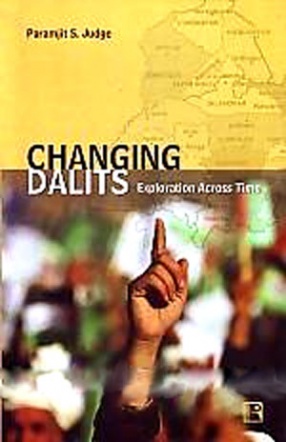

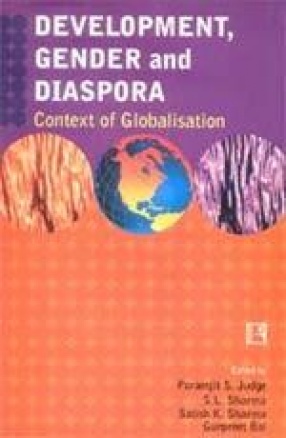
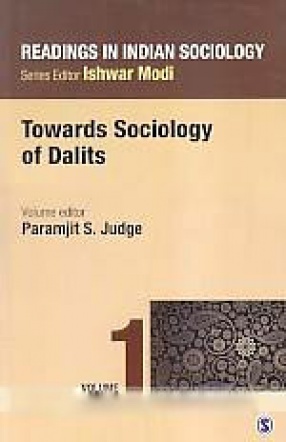
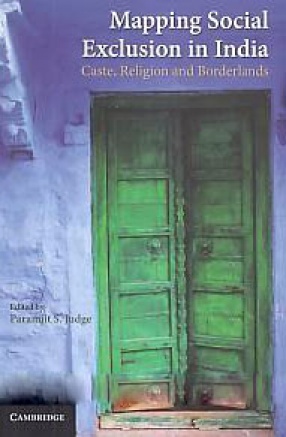

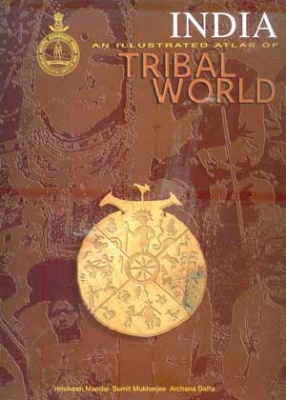
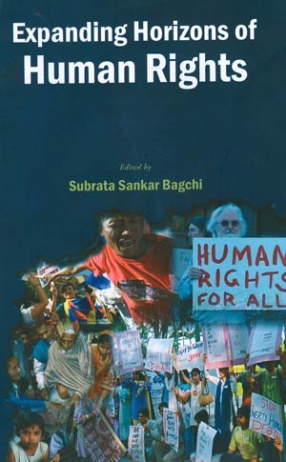
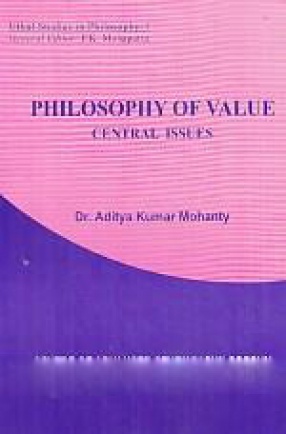

Bibliographic information